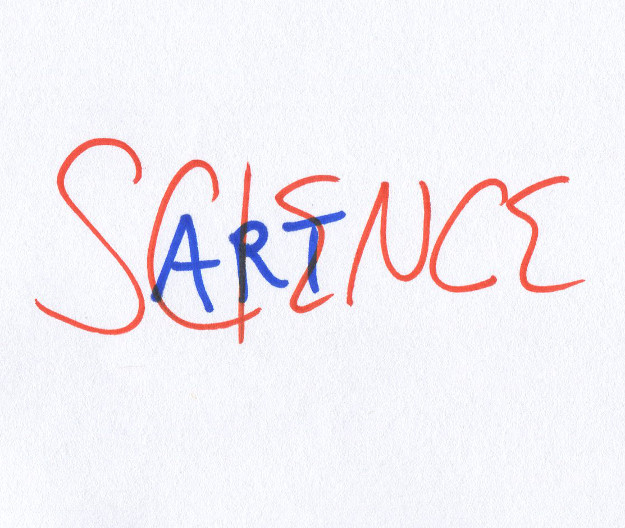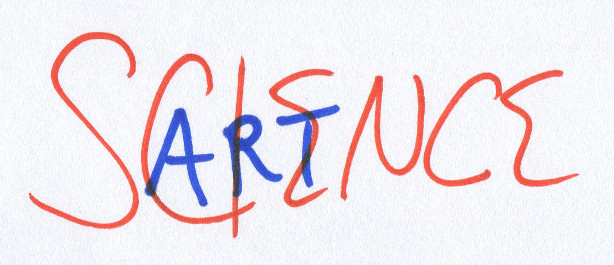
Current wound measurement techniques are fraught with inaccuracy. This inaccuracy is due to accumulating errors with each stage of a manual process. This is more art than science.
Digital measurement however is more consistent and accurate – a positively more scientific approach.
Don’t get stuck with the art, embrace the science in wound measurement and tracking. Make life easier for yourself and your patients.
The Importance of Measurement
Continuous monitoring of changes in wound size is an important way of evaluating response to treatment or approach. This is one of the key data components relative to a patient’s wound journey.

Benefits of Measurement
- assessing healing trends
- predicting outcomes
- monitor treatment outcome
- development of best practice
- protocol validation
- improving patient compliance
- reimbursement
- risk management
Each wound measurement system has its limitations. Technology however is providing more accurate and consistent tools for measurement. The initial “higher tech” approaches were better “rulers” evolving to complex acetate sheets that permitted planimetry for computation.
As technology evolves smart devices are fast becoming the norm with regards to wound measurement. This drives both consistency and efficiency, but also provides opportunity with regards to the development of large data repositories.
Like with every aspect of life however, most technology, both low tech and high tech requires a human component. Sadly, we are the Achilles heel of technology. Newer, smarter technologies are helping with the human failures and making us smarter than we think. With some discipline in the use of technology ensuring its optimal use we as humans can make our life easier.
The Art of Measurement
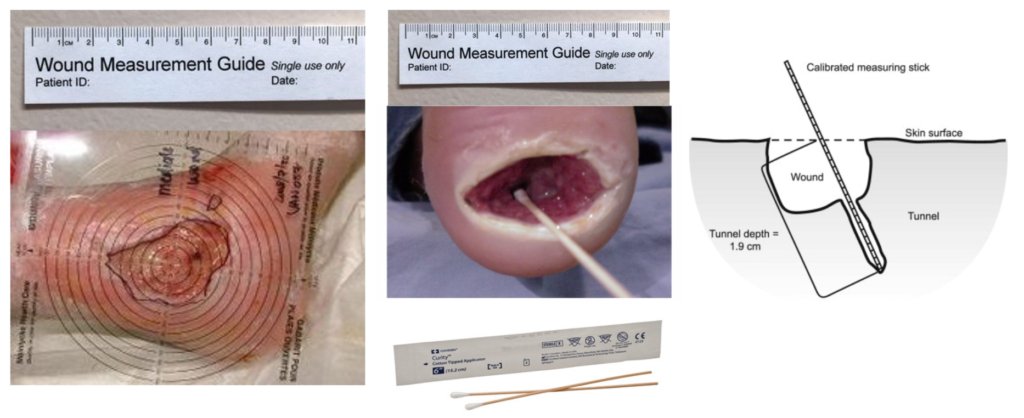
PROS 1. Low cost (cents) | |
CONS 1. Inaccurate and variable |
The art of wound measurement has served us well for the past few decades. At least for those who have used it. However as a community we do have some way to go regarding this becoming universal practice. As you can see from the above there are pluses and minuses to the more low tech, manual methods. They do however allow wounds to be measured and documented which is a positive for sure.
The Science of Measurement
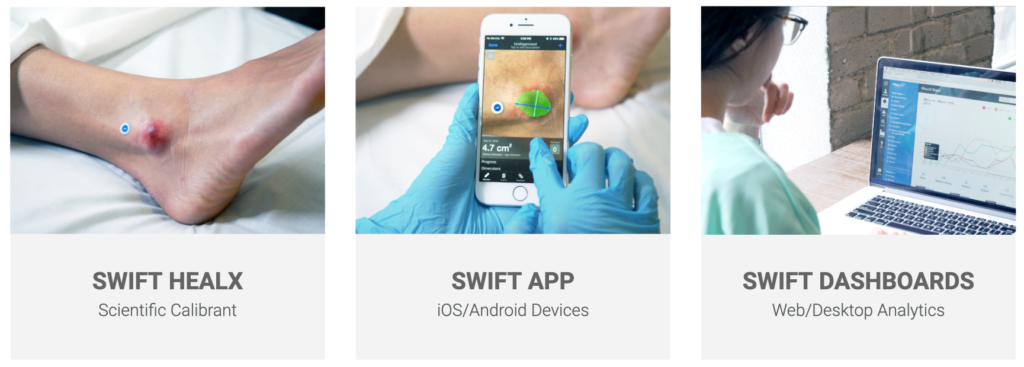
PROS 1. Higher degree of accuracy (45%+) | |
CONS 1. Moderate cost (dollars) |
With the advent of higher tech approaches, such as digital wound management, wound measurement has become way more efficient, accurate and patient friendly. A users dream! Finally we can be more scientific in our approach and more accurately track wound status. This not only provides user benefits patient side but also provides data for better patient management and reimbursement of service.
Technology is an important part of everyday life. We learn to accept its benefits but get frustrated by its perceived limitations. In reality however it’s often our use practices that truly limit its potential. With a little thought, understanding and discipline it can revolutionize our clinical practice.
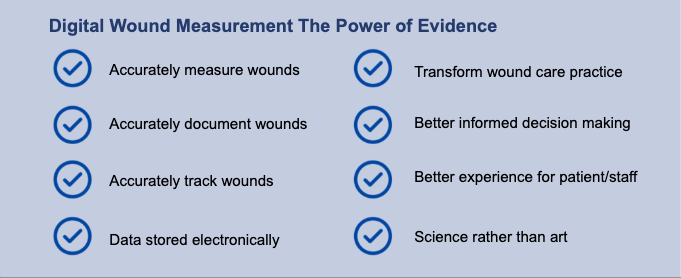
If you are interested in revolutionizing or spotlighting your already excellent clinical practice through digital wound management then find out more or organize a demo by clicking here.

